A discussion about concussions
Finding the difference between myth and fact when it comes to concussions
Earning another goal for her team, Abby Schmidt, 11, heads the ball off of a corner kick. In their game against Centennial, three of sevens goals scored were headers. Heading a soccer ball in one of the leading causes of concussions in youth sports, and some players are aware of the risk. “I try not to head the ball as much,” Hannah Goodman, 10, said. “I haven’t gotten a concussion, so I guess it’s working.”
In the world of youth sports, there is a problem that is becoming more and more apparent: the rising rate of concussions. Recent studies show that 3,800,000 cases of concussions were reported in 2014, which is double the amount of concussions reported in 2004. As for high school sports, according to recent data, one in five high school athletes will sustain a concussion during their high school season. These high rates of youth concussions are not surprising to many of WLHS’ athletes.
“I know at least four people who have gotten a concussion,” Sabrina Heiden, sophomore, said (Heiden was on the JV girls soccer team this September). “And they have all been for a few different reasons.”
It’s clear from data and accounts from students that concussions are becoming more and more of a problem to young athletes; so what can be done to stop the pattern of high rates of concussions in youth sports? The first step that people need to take is educating themselves on the facts of concussions.
With the recent spike of concussions over the past ten years, there are an increasing number of misconceptions about this type of injury to follow. When learning about concussions, it’s important to differentiate between myth and fact. Here are the top myths about concussions and what information people should actually know:
Myth 1: Losing consciousness is a definite way to determine if a concussion was sustained.
The “most popular” myth about concussions is that a person has to lose consciousness to sustain a concussion. However, a 2016 study shows that 90 percent of concussions occur without the affected person losing consciousness. The most “telltale” sign of a concussion is actually vertigo and constant headaches. This is an important thing for coaches, parents, and athletes to know when treating possible concussions- don’t rule out concussions if the affected person didn’t pass out; look closer and further analyze the symptoms.
Myth 2: Everyone is at an equal risk of getting a concussion.
This common concussion myth is more complex to debunk. Yes, when athletes step out to play their games, they are all at a certain risk for getting concussions. However, it is important to know that if a person has already sustained a concussion, they are at a higher risk of getting one. In fact, studies have shown that a person who has sustained a previous concussion is up to three times more likely to sustain one. The main cause of this would be people going back to play their sport to early, or rushing their recovery. So, to minimize the risk of concussion, make sure athletes are fully ready to go back to their sport after a concussion, and when back, take the extra precautions to reduce the chances of getting a concussion.
Myth 3: Concussions can only come from hits to the head.
When most people think of concussions, they think of a person getting hit hard in the head, and from that blow, a concussion is sustained. Just ask Hannah Goodman, sophomore, who also played on the JV girls soccer team this year.
“A concussion is when you hit your head hard enough that your brain moves inside your skull, and it kind of “bruises” your brain.” Goodman said when asked how she thought a person could sustain a concussion.
Goodman is definitely not wrong about the fact that when a person sustains a concussion, their brain actually moves around within the skull, and varying amounts of damage follow this. However, one of the more common concussion myths is that concussions only come from hits to the head, when concussions can actually come from this and changing direction too quickly. An easy example of this is if a football player was sprinting forward but was abruptly tackled at the chest going the opposite direction; in this instance, it is possible for the player to have sustained a concussions.
It’s important to be on the lookout for not just tough blows to someone’s head, but also any over instances where the direction could have changed too quickly for players to handle.
Myth 4: Helmets and concussion headband completely take away the risk of concussion.
While helmets and concussion headbands do significantly reduce the risk of concussion, they do not completely eliminate it. Many athletes assume that just because they were the proper headbands or helmets, that they are under no risk of concussions. The extra precautions are great for added protection, but it’s important to know that just because someone has a helmet or headband on while playing, that does not mean that they cannot get a concussion.
Myth 5: It’s important to keep the individual awake. Wake the person up every 20 minutes at the beginning of the injury.
Similar to recovery for any other injury, it’s always important to rest after sustaining a concussion, just not too soon. While the common belief is generally that it’s necessary to wake the individual up every 20 minutes after sustaining the concussion until told otherwise. However, what people should actually do is allow the individual to follow normal sleep patterns after four hours (the time it takes to rule out serious concussions) to allow the individual to begin rest and recovery. These facts surprised Goodman.
“I guess I had heard that it was really dangerous to sleep after a getting a concussion.” Goodman said. “But now I know that’s not the right way to treat the injury.”
Knowing the difference between fact and myth when talking about concussions is important for staying safe when playing sports or for recovering in the healthiest way. Concussions can be unhealthy and dangerous when not treated properly, so the best thing a person can do to prevent concussions or future head injuries is educate themselves on the facts.
“We should have discussions about concussions more often, because they don’t need to be something we fear as athletes,” Goodman says. “I think we just need to know how we can prevent damage to our brains!”
Your donation will support the student journalists of West Linn High School. Your contribution will allow us to continue to produce quality content by purchasing equipment, software, and continuing to host our website on School Newspapers Online (SNO).

Delaney Callaghan, senior, is the People section editor for wlhsNOW. A member of the staff since her sophomore year, she loves writing about the unique...
























![Game, set, and match. Corbin Atchley, sophomore, high fives Sanam Sidhu, freshman, after a rally with other club members. “I just joined [the club],” Sidhu said. “[I heard about it] on Instagram, they always post about it, I’ve been wanting to come. My parents used to play [net sports] too and they taught us, and then I learned from my brother.”](https://wlhsnow.com/wp-content/uploads/2024/03/MG_7715-2-1200x800.jpg)
![At the bottom of the third inning, the Lions are still scoreless. Rowe stands at home plate, preparing to bat, while Vandenbrink stands off to the side as the next batter up. Despite having the bases loaded, the team was unable to score any runs. “It’s just the beginning of the season. We’re just going to be playing out best by June, [and] that’s where champions are,” Rowe said.](https://wlhsnow.com/wp-content/uploads/2024/03/IMG_3077-1200x900.jpg)






![The teams prepare to start another play with just a few minutes left in the first half. The Lions were in the lead at halftime with a score of 27-0. At half time, the team went back to the locker rooms. “[We ate] orange slices,” Malos said. “[Then] our team came out and got the win.”](https://wlhsnow.com/wp-content/uploads/2023/10/IMG_2385-1200x800.jpg)





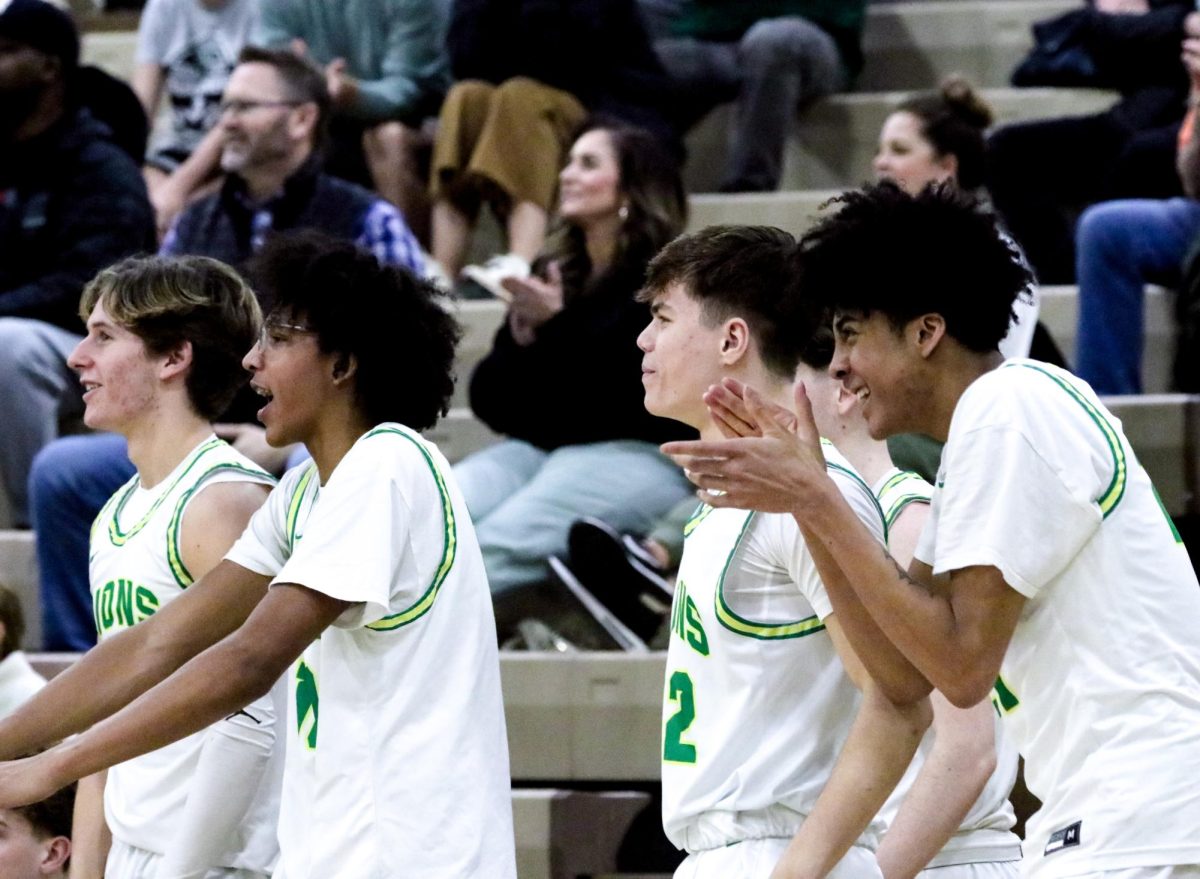

























































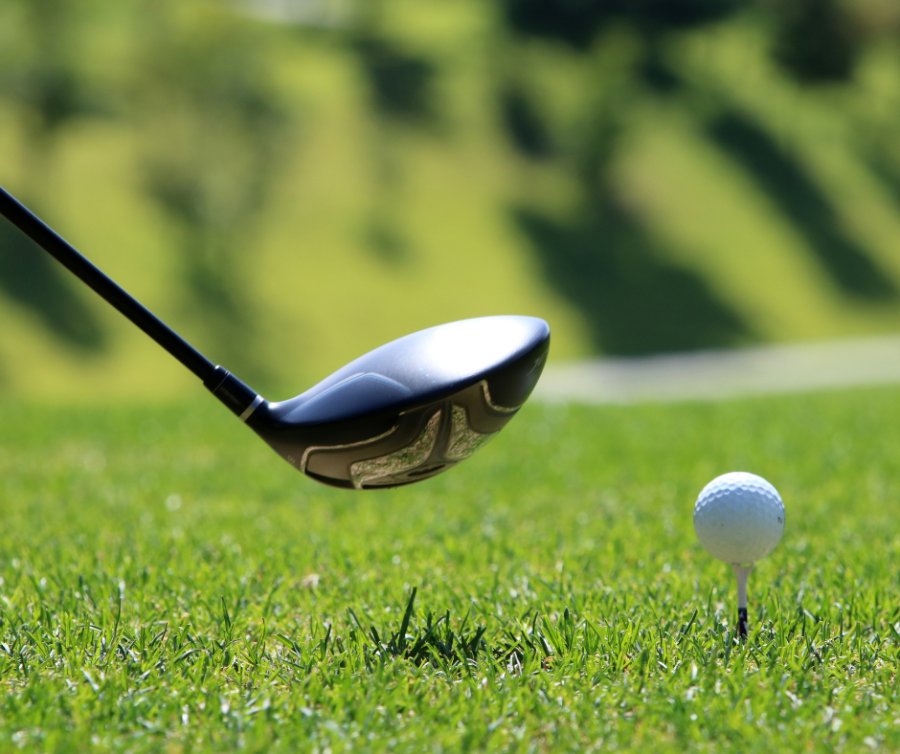







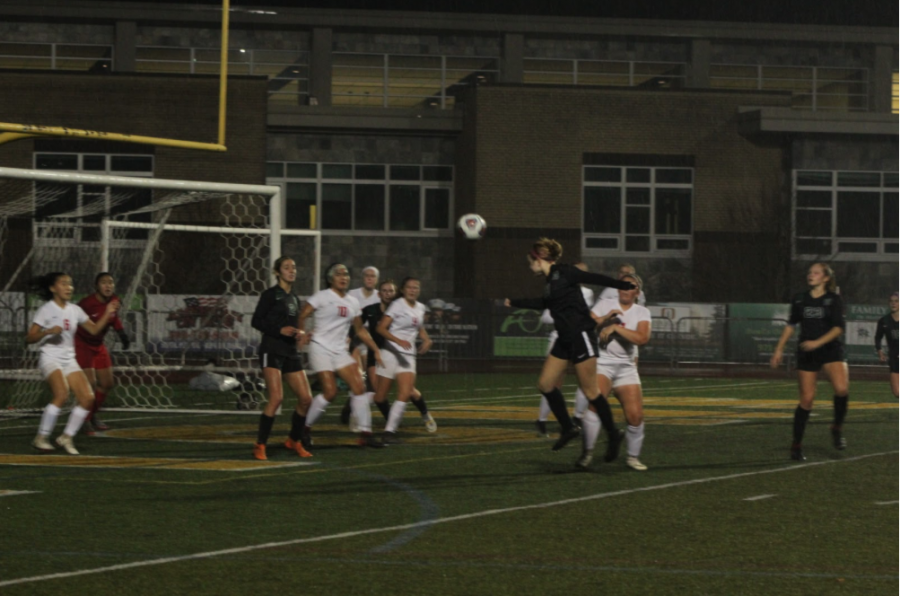
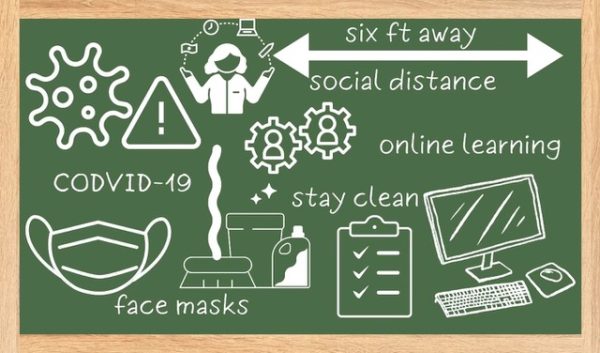





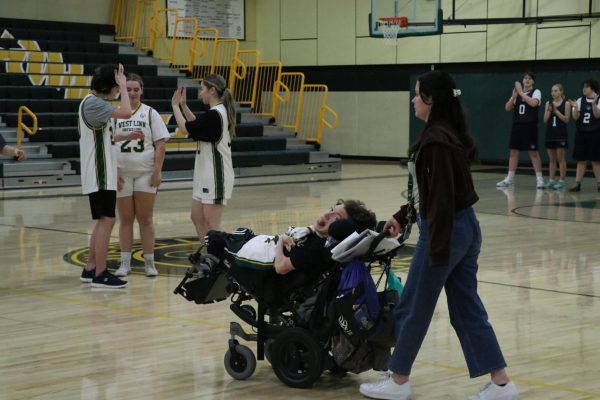
![Game, set, and match. Corbin Atchley, sophomore, high fives Sanam Sidhu, freshman, after a rally with other club members. “I just joined [the club],” Sidhu said. “[I heard about it] on Instagram, they always post about it, I’ve been wanting to come. My parents used to play [net sports] too and they taught us, and then I learned from my brother.”](https://wlhsnow.com/wp-content/uploads/2024/03/MG_7715-2-600x400.jpg)
![At the bottom of the third inning, the Lions are still scoreless. Rowe stands at home plate, preparing to bat, while Vandenbrink stands off to the side as the next batter up. Despite having the bases loaded, the team was unable to score any runs. “It’s just the beginning of the season. We’re just going to be playing out best by June, [and] that’s where champions are,” Rowe said.](https://wlhsnow.com/wp-content/uploads/2024/03/IMG_3077-600x450.jpg)




